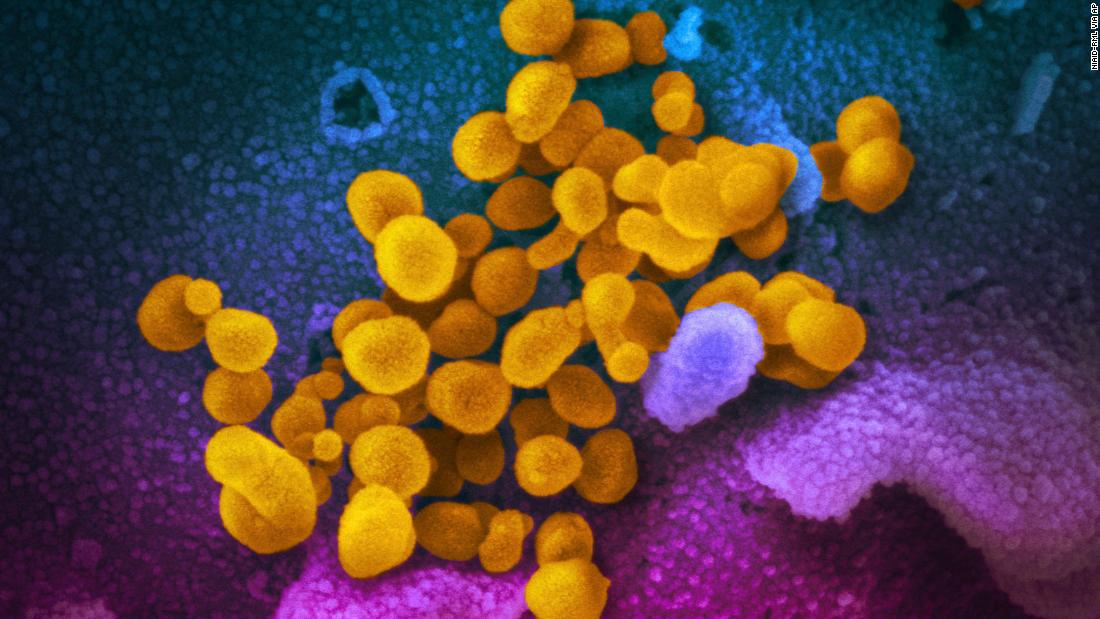Scientists investigating the origins of the covid-19 pandemic could be working with wrong samples. It is that some early samples of the new coronavirus sent by a Chinese researcher were removed from a shared database, says an expert on the evolution of the virus.
Jesse Bloom, a researcher at the Fred Hutchinson Cancer Center in Seattle, said he found genetic sequences taken from early cases of coronavirus in China that were removed from a database of the US National Institutes of Health (NIH, for their acronym in English).
Examination shows that some of the early cases in the Chinese city of Wuhan are genetically different from the variants that eventually spread to cause the pandemic.
The footage itself does not shed any more light on the renewed debate over whether COVID-19 spread naturally from animals to humans or was the result of a laboratory leak, Bloom told Citizen Free Press.
But he added that his analysis shows that the samples used to investigate the origins of the covid-19 pandemic may not be complete.
“I recovered deleted files from Google Cloud and reconstructed partial sequences of 13 early epidemic viruses,” wrote Bloom, who is helping with efforts to track the genetic changes of the new coronavirus, in a pre-printed article published in bioRxiv. It has not been peer reviewed yet.
The NIH confirmed that the sequences had been removed in June 2020, at the request of the researcher who originally submitted them in March 2020. He said it was standard practice to allow this. Geneticists have been sharing information in databases like this since the start of the pandemic.
In search of the origins of covid-19
The World Health Organization has been leading efforts to find the origins of the new coronavirus. It issued a report, in March, saying it most likely originated in an animal and spread to people, as other coronaviruses have.
The least likely, he said, is the possibility that a virus was designed in a laboratory and leaked.
Much of the research has focused on the first cases of COVID-19 in the Huanan Seafood Market in Wuhan.
But the WHO came under fire for accepting evidence from China, and the Biden administration has been re-analyzing the origins.
“We are aware of this report and, as we repeatedly ask, we hope that all the data on the first cases will be available,” WHO spokesman Tarik Jašarević told Citizen Free Press by email.
The missing sequences are not irrefutable evidence
‘This study does not provide any additional strong evidence in favor of natural zoonosis or laboratory accident. Rather, it shows that there are additional sequences from relatively early in the outbreak that are still unknown. In some cases they have mutations that suggest that they are probably evolutionarily older than Huanan seafood market viruses,” Bloom said in an email to Citizen Free Press.
Scientists who were not involved in Bloom’s analysis were skeptical of his conclusions.
“If these sequences were removed for the purpose of concealment, it is also worth noting that such an effort clearly failed. Because these sequences do not immediately provide any completely new knowledge about the genetic diversity of SARS-CoV-2 in the early days of the pandemic,” said Robert Garry, Professor of Immunology at Tulane University.
“The reality is that small scientific errors and less than ideal circumstances surround the sharing of scientific data all the time,” Garry told Citizen Free Press.
“In general, the work is vague or negligent about the context and extremely important details about the sequences in question,” he added.
“The language of the document is unusual, contains a significant degree of assumption and conjecture, cites blog posts, and appears to point towards a deliberate cover-up by Chinese authorities of the early Wuhan sequence data. However, this is a completely subjective assessment of the situation. It will be very difficult to confirm or refute,” said Andrew Preston, Professor of Microbial Pathogenesis at the University of Bath, Great Britain, in a statement.

